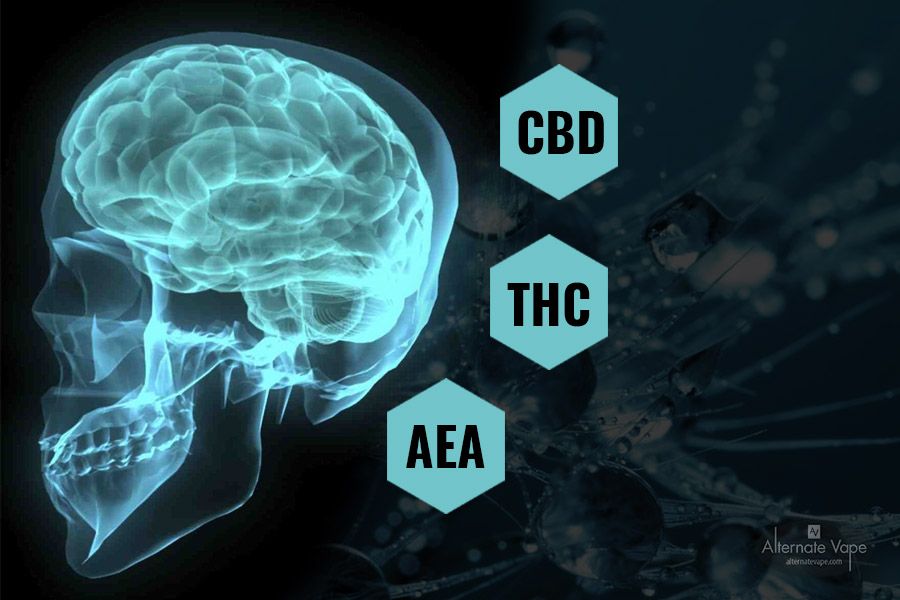
CBD Vape and the Endocannabinoid System
Previously, we discussed how vaping CBD enters the bloodstream. During inhalation, vaporized CBD enters our body through the lungs. Then what happens? The subsequent actions of CBD explain how the compound provides benefit to our bodies. Let’s discuss what happens after the body absorbs CBD and how these actions initiate the effects of CBD.
For starters, let’s discuss CBD.
CBD, or cannabidiol, is a compound derived from the cannabis plant. Labeled as a cannabinoid, CBD can only be sourced from hemp or marijuana (learn about the difference here.) In addition to CBD, there are over a hundred phytocannabinoids (phyto- meaning plant) in the cannabis plant, including THC, CBG, and CBN.
CBD has been acknowledged as a beneficial supplement and is being studied for a number of effects. To understand how CBD can provide benefit, we must look at the endocannabinoid system.
The Endocannabinoid System

Once in our bloodstream, CBD interacts with the endocannabinoid system (ECS). The ECS functions without CBD, so let’s first discover the system outside the cannabis plant.
The ECS is composed of endocannabinoids (endo- meaning within) and cannabinoid receptors, both of which are found throughout the body. The ECS performs different tasks, however, the objective is the same: to maintain homeostasis, or balance, in the body.
When a process strays from homeostasis, the body releases endocannabinoids. Familiar endocannabinoids are anandamide (the bliss molecule) and 2-AG. Endocannabinoids are synthesized, or created, on demand rather than stored for use.
Endocannabinoids bind to the cannabinoid receptors, which then transmit information to the cell. The two major cannabinoid receptors are CB1 and CB2. Both are found throughout the body; in abundance, CB1 receptors are found in the brain and CB2 receptors are found outside the nervous system, in places such as the immune system.
The message from the endocannabinoid prompts the cell to act in a way that will help return the process to homeostasis. In short, this is the process the ECS takes to uphold a state of balance in the body.
CBD Vape and the Endocannabinoid System
CBD works as a supplement because it interacts with our endocannabinoid system.

If we remember, CBD is a phytocannabinoid. Phytocannabinoids mimic the action of endocannabinoids and interact with our cannabinoid receptors. While the effects vary, phytocannabinoids’ interaction with these receptors also encourages homeostasis.
CBD differs from endocannabinoids in that it indirectly affects the signaling of the CB1 and CB2 receptors rather than binding directly. This prevents other compounds from binding to the receptors. It also explains why CBD negates the effect of THC, as it prohibits the THC compound from binding to the receptors to create a high.
In addition to interacting with cannabinoid receptors, CBD also binds to other receptors to produce a distinct effect.
What does this mean for you?
Largely due to the presence of the endocannabinoid system, CBD vape can be a beneficial addition to your routine. Not only a relaxing activity, vaping CBD supports a balanced ECS.
Do you have any additional questions about CBD vape and the endocannabinoid system? Leave a comment below!
